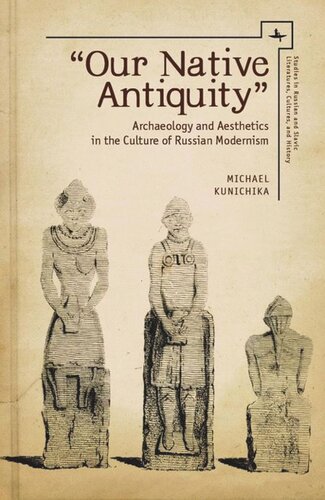

Most ebook files are in PDF format, so you can easily read them using various software such as Foxit Reader or directly on the Google Chrome browser.
Some ebook files are released by publishers in other formats such as .awz, .mobi, .epub, .fb2, etc. You may need to install specific software to read these formats on mobile/PC, such as Calibre.
Please read the tutorial at this link: https://ebookbell.com/faq
We offer FREE conversion to the popular formats you request; however, this may take some time. Therefore, right after payment, please email us, and we will try to provide the service as quickly as possible.
For some exceptional file formats or broken links (if any), please refrain from opening any disputes. Instead, email us first, and we will try to assist within a maximum of 6 hours.
EbookBell Team

0.0
0 reviewsFor Russian modernists in search of a past, there were many antiquities of different provenances and varying degrees of prestige from which to choose: Greece or Rome; Byzantium or Egypt. The modernists central to "Our Native Antiquity" located their antiquity in the Eurasian steppes, where they found objects and sites long denigrated as archaeological curiosities. The book follows the exemplary careers of two objects—the so-called “Stone Women” and the kurgan, or burial mound—and the attention paid to them by Russian and Soviet archaeologists, writers, artists, and filmmakers, for whom these artifacts served as resources for modernist art and letters and as arenas for a contest between vying conceptions of Russian art, culture, and history.